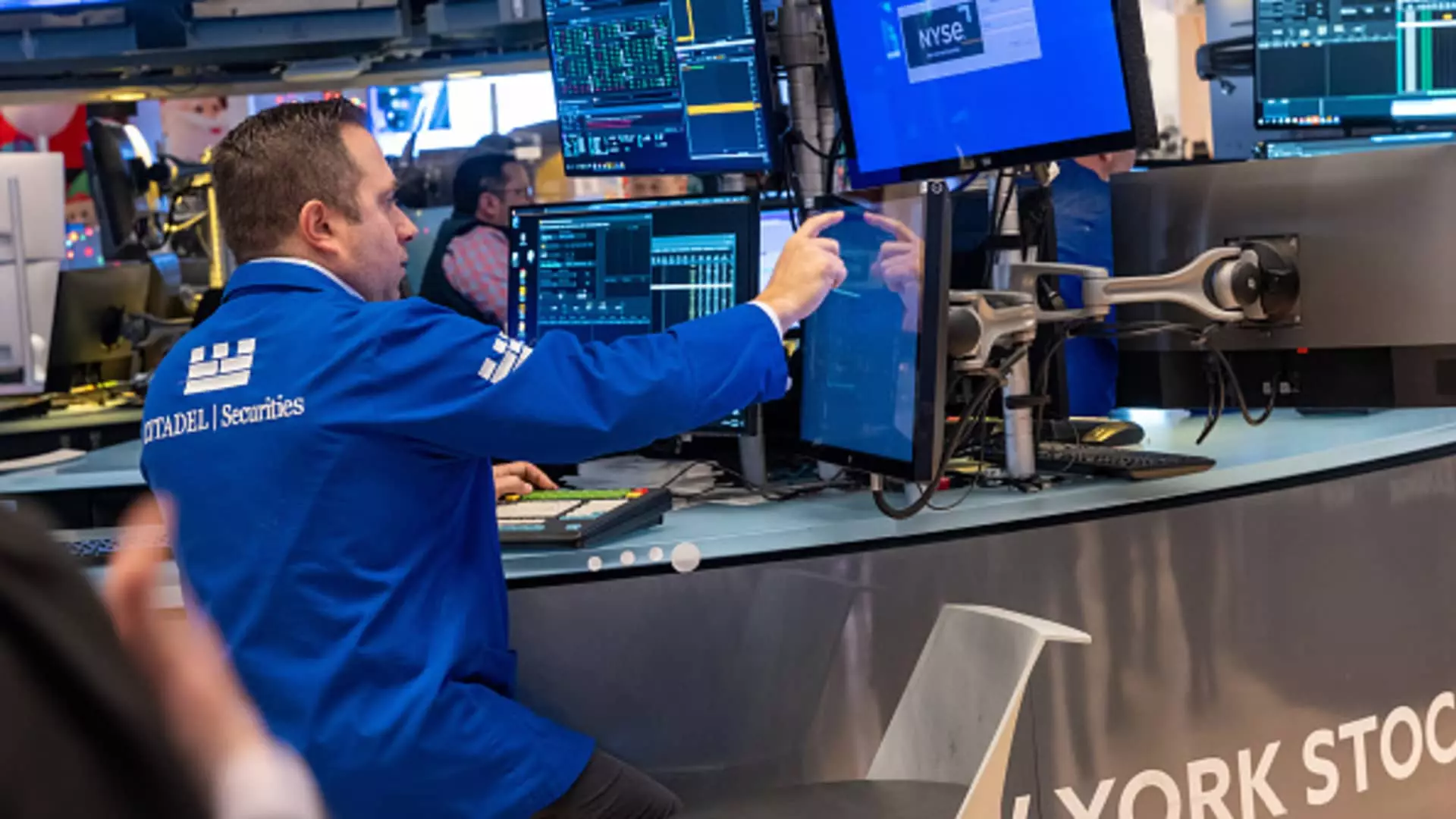The stock market’s performance is often closely tied to economic data, particularly indicators like job growth and unemployment rates. This relationship was starkly illustrated last Friday when a surprisingly strong jobs report led to significant declines across major U.S. stock indices. Traders and investors alike reacted to the implications of this data, which suggested a robust labor market but also raised concerns regarding future interest rates set by the Federal Reserve. In examining this situation, it is essential to understand the complexities of economic indicators and market responses.
On December 2025, the U.S. economy added 256,000 jobs, dramatically surpassing the Dow Jones forecast of 155,000. This job growth, while indicative of a thriving economy, stoked fears on Wall Street regarding the potential for sustained interest rates. The unemployment rate also dropped to 4.1%, better than the anticipated 4.2%, reinforcing the narrative of economic strength. However, as many investors are aware, a strong labor market often leads to inflation concerns. With the Federal Reserve prioritizing inflation control, this news influenced market sentiment significantly as investors began to reconsider future interest rate cuts.
Scott Wren, senior global market strategist at Wells Fargo Investment Institute, summarized this sentiment effectively, stating that good economic news can become problematic for the markets. Investors began speculating that the strong job numbers might lead the Fed to adopt a more cautious approach toward rate cuts, resulting in immediate market reactions.
Following the jobs report, the stock market experienced a notable downturn, with the Dow Jones Industrial Average dropping by 592 points, representing a 1.4% decline. In a similar vein, the S&P 500 and the Nasdaq Composite both saw losses of approximately 1.3%. This plunge pushed all three major indices into negative territory for the week, raising the question of whether the expected economic recovery may come with its own set of risks.
The rise in Treasury yields also pointed to shifting investor sentiment. The yield on the 10-year Treasury note surged to levels not seen since late 2023, indicating a flight from equities toward safer assets. This was a clear response to the increased likelihood that interest rates would not be cut in upcoming Fed meetings, impacting sectors most vulnerable to rising borrowing costs, including technology and small-cap stocks.
Certain sectors bore the brunt of the market’s reaction to the jobs report. Technology stocks, particularly growth-oriented firms like Nvidia and AMD, saw steep declines as investors reevaluated their risk exposure in a potentially rising-rate environment. Nvidia’s stock fell by 2.5%, while AMD and Broadcom posted losses of 5.2% and 2.1%, respectively. Small-cap stocks, often sensitive to fluctuations in interest rates, also faced a downturn, with the Russell 2000 index dropping over 2%.
LPL Financial’s Adam Turnquist noted that the rapid increase in yields typically points to an overheated market and may foreshadow broader corrections in equity markets. However, he emphasized the silver lining: the rising rates indicate better-than-expected economic growth. As earnings prospect become more favorable due to a robust economy, the possibility of recession diminishes, which could ultimately drive long-term positive market returns.
The jobs report’s implications for future interest rates created a complex landscape for investors, forcing a reevaluation of market strategies. Expectations shifted dramatically, with traders pricing in a 97% probability that the Federal Reserve would hold rates steady during its next meeting in January and likely in March as well. Such adjustments in expectations signal that market participants are coming to terms with a potentially prolonged period of higher rates.
Ultimately, the recent fluctuations in stock prices underscore the delicate balance between fostering economic growth and maintaining stable market conditions. While strong job growth is a positive indicator, the associated implications for interest rates can lead to volatility in the equity markets. As such, investors must navigate these uncertainties carefully, weighing the prospects of a thriving economy against the risks of rising borrowing costs and market corrections. Understanding these dynamics will be crucial as we move into the early months of 2025, particularly as the Federal Reserve contemplates its next steps in monetary policy.

Leave a Reply